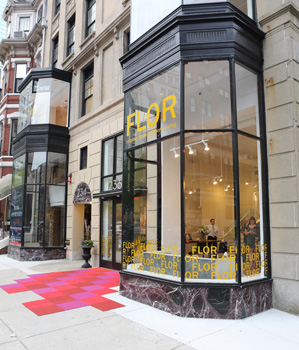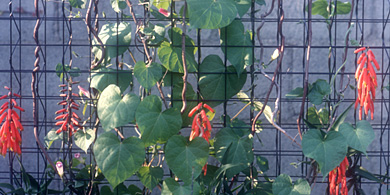
role of the arts
There is a vital knowledge available to us—wisdom that illustrated for the ancients the inner workings of the universe—that can be utilized as a source or guide to rebuilding the negative aspects of our environment. But, for a culture focused on surface features, mechanics and instant gratification, its application will only happen as part of a broader paradigm shift.
In our contemporary progressive world, the intuitional abstract forms of art have become separated from their concrete functions. Over the generations, the creative occupations came to be viewed as essentially ‘unproductive.’ The work of musicians, painters, designers, choreographers, and even craftsmen were seen as a luxury, or a pastime, rather than a practical necessity.
This attitude has pushed creative thinking to the periphery of both our economical and educational systems. As mass production stripped ornament and minimized the detail on their products in order to streamline factory operations, education boards across the country were stripping elementary education of the arts.
Art is almost always the first line item to be cut from the school budget—as a society we came to believe that art was the least essential course in education. Music—another area of learning allegedly with limited practical benefit—was cut second, and when further pressed for funding, gym went next.
Plato held a contrary opinion about the significance of the arts. He and the great administrators of ancient Greece—a land where beauty and formal precision were highly esteemed in all things—understood the true function of the arts.
Creative activities—sculpture, painting, singing or playing an instrument—exercise the right side of the brain, which is the realm where all new ideas originate. Plato even proposed that the arts, with few exceptions, were the most essential area of study.
“… the principle of every polity [is] the education of youth. For vines will never bear useful fruit, unless they are well cultivated…
The first legislators, however, as they could not render the middle class of mankind stable, adjoined [in their education] dancing and rhythm, which participate of motion alone and order; and besides these they added sports, some of which exhorted them to fellowship, but others to truth and mental acuteness.”
Gymnastics—organized physical activities designed to improve grace, physique and health of the body—along with art and music, were esteemed for their high educational merit. Subsequent and subordinate to these were the academic courses we consider to be primary—arithmetic, rhetoric, geometry and astronomy.
A paradigm shift will be essential, if we want to restore the organizing principles—the traditions and tools, and the wisdom that accompanies them—that once gave buildings their strong sense of character, even soul.
To repair the broken links connecting the cosmos—components, symbols and patterns expressed in natural forms, cycles and timings—with modern daily life, it is vital that fundamental ancient beliefs are secured solidly to a rational scientific foundation. The ancient texts only become meaningful when the information is relevant and can be applied to a modern situation or condition.
Surviving wisdom texts contain knowledge that was always concealed from the masses in obscure wordings, sequences and symbols. From what we can begin to gather a great deal of information, while seemingly esoteric, in fact belongs soundly in the real world of human intellect and emotion.
Elegant and symbol-rich buildings from distant cultures still stand, but we can only speculate as to their full meaning and function. We stand in wonder at the extent of universal wisdom once shared among builders, how they once harnessed it and put it into operation, and how it ultimately augmented their works.


















